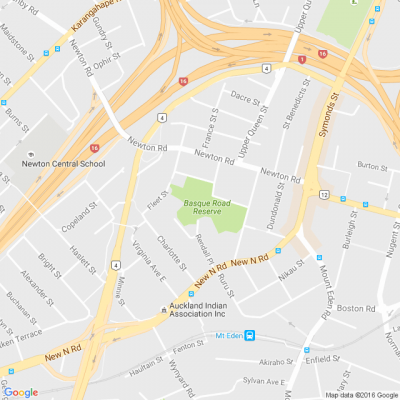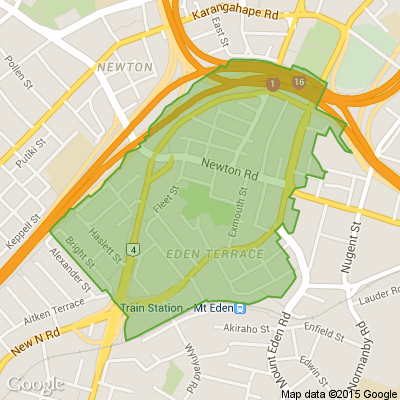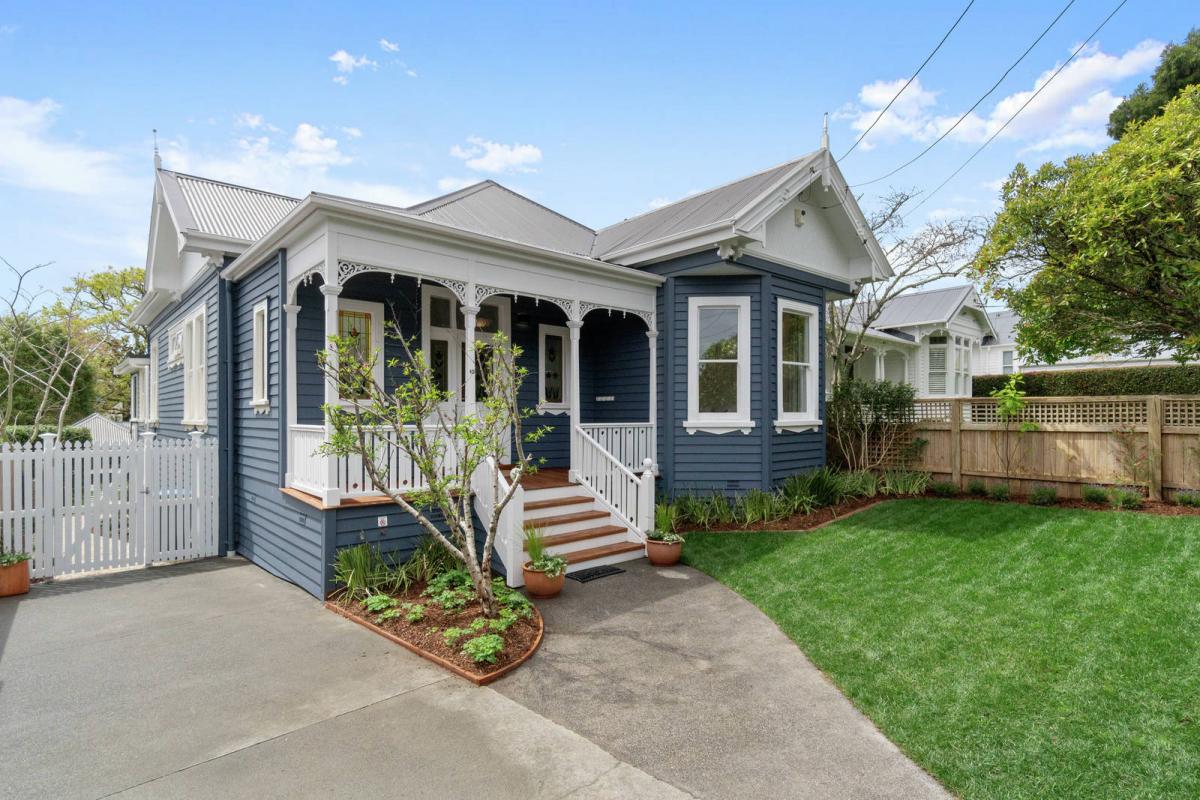How to be a good neighbour
Neighbours in Tamaki's Te Kare neighbourhood build community through regular street working bees.
By the time Andrew Pether and his wife bought their house in the Fenchurch neighbourhood, newly developed by Tamaki Regeneration Company, they’d already gotten the hang of living in close density. Andrew’s wife had grown up in apartments in Europe; he’d done a stint in the UK in terraced housing where space was tight.
But they’ve been surprised and pleased at how close the people on their precinct have become. Most of the residents are new – Andrew only moved in April this year – so he thinks that’s helped create the network.
“We’ve got the Facebook groups going, we feed the cats or put the bins out when people are away,” he says. “We’d lost that for a while, everyone had their fortress and you didn’t bother trying. But because we’re all new together, we’re not suspicious, we get involved.”
Before they bought, the couple had rented for three or four years in the next development over, Wai O Taki Bay, so had enjoyed doing as much locally as they could. They’d sussed out the train station at Glen Innes, their daughter could bus to university or sports and they’ve found they’re using the car less and less – much like their time in London.
“You can’t have the quarter acre dream, but when you get realistic about what you can get for price, area, space and amenities, then it’s a good compromise,” says Andrew, pointing out that kids in the area scooter about and make the most of local parks, including the school grounds of the local college and primary school or there’s a triangle park for smaller kids to play closer to home.
“The number one rule is to compromise,” says Andrew. “Understand that not everyone has a parking space, so you have to be understanding that we’re all a bit tight for space.
“Be aware of the kids on scooters, so you take care, you act accordingly.”
A neighbourhood powhiri a month or so after the family moved to the street, organized by a couple of families, was the ice-breaker everyone needed: people introduced themselves in English, Maori, Tongan, different Indian languages and Filipino and it got the social media groups going.
“Our community is so diverse, you can’t tell which is state housing or not, people respect and appreciate each other and it does make you up your game a bit.
“For all sorts of people, living this close together is not foreign. Kiwis have to up their game a bit. It’s lovely to get out and start walking and doing as much as you can locally.”
On the other side of town, Amanda and her husband Mike have learned that lesson in the nearly three years they’ve been in Hobsonville Point.
Before buying there the couple had lived in another new and dense area, Stonefields, but was also familiar with city living from their time in London.
“For us it’s about helping each other out. That means mail collected, or putting rubbish out, but also being mindful when you’re parking that you’re not taking up too much room,” Amanda says.
Indeed, the family has loved not having to use their car, walking to daycare or the dairy, or to catch the ferry into the city. While Amanda and Mike’s kids are still small, they’ve noticed that the older kids are out playing – everyone seems to know everyone else’s kids – and are looking forward to their children being old enough to meet up on their own at the playgrounds dotted around Hobsonville Point.
The family have not found noise to be an issue, the adjoining walls in the terrace houses are well sound insulated, and they’ve noticed people are very respectful about not playing music too loud, notifying each other if a party is like to disrupt neighbours.
While houses have their own lawns and courtyards, there are also enthusiastic ‘berm days’ for cleaning up shared street areas (with a barbecue to finish) that cements bonds and promote pride in their street.
Amanda says being out on the streets, walking and keeping an eye out, is part of the attraction of dense living, with people keen to be involved in the community. Shopping locally, including the farmers market, but also other business, is another way of locking in a community, she says.
Andrew’s final tip for up-close neighbourly living: “Get involved, be nosy and just enjoy it.”
Article by Catherine Smith
Neighbourhood Challenge: Who Can Crack This One? ⛓️💥❔
What has a head but no brain?
Do you think you know the answer? Simply 'Like' this post if you know the answer and the big reveal will be posted in the comments at 2pm on the day!
Want to stop seeing these in your newsfeed?
Head here and hover on the Following button on the top right of the page (and it will show Unfollow) and then click it. If it is giving you the option to Follow, then you've successfully unfollowed the Riddles page.

Some Choice News!
Many New Zealand gardens aren’t seeing as many monarch butterflies fluttering around their swan plants and flower beds these days — the hungry Asian paper wasp has been taking its toll.
Thanks to people like Alan Baldick, who’s made it his mission to protect the monarch, his neighbours still get to enjoy these beautiful butterflies in their own backyards.
Thinking about planting something to invite more butterflies, bees, and birds into your garden?
Thanks for your mahi, Alan! We hope this brings a smile!

Boxing Day Alert! Grab a Mattress That Feels Out of This World
Ever wondered what it’s like to sleep on a mattress designed by NASA? Tempur started in space, and now it’s here to give you next-level comfort right at home!
Imagine a mattress that cradles every curve, reduces pressure, blocks your partner’s tossing and turning, and lasts for years. Side sleeper, back sleeper, or somewhere in between - there’s a Tempur just for you.
Even better? Perfect timing! Our Boxing Day Sale is happening now! It’s the perfect chance to grab your dream mattress and upgrade your sleep before the year ends.
Find your nearest Beds4U store: beds4u.co.nz...
Browse all Boxing Day deals: beds4u.co.nz...
Want to learn more about Tempur mattresses before you buy? Check out our guide here: beds4u.co.nz...
Neighbours, your dream bed is waiting - don’t let another sleepless night pass!







 Loading…
Loading…




